Reduce waste and embrace comfort with reusable menstrual cups. Get usage tips in our Brown Living blog.
A menstrual cup is one of the reusable period products. This tool requires you to insert a tiny, flexible cup into your vagina to catch and collect menstrual fluid. Usually constructed of silicone or rubber, it has a funnel-like form. As a menstrual cup can store more blood than other sanitary care products, a menstrual cup is frequently used by women as an eco-friendly alternative to tampons or other sustainable sanitary products.
How to use a menstrual cup?
If you can insert a tampon, you should have no trouble using a menstrual cup. To use a cup, simply follow these steps:
- Clean your hands thoroughly.
- Wash the cup's rim with water or water-based lube.
- Holding the menstrual cup with the rim facing up in one hand, tightly fold it in half.
- Similar to how you would use a tampon without an applicator, place the cup in your vagina with the rim pointing up. The distance between the cup and your cervix should be a few inches.
- Once the cup is inside your vagina, you can rotate it slightly to ensure a proper seal and a comfortable fit.
How to remove a menstrual cup?
- Hand-wash to remove bacteria.
- Pinching the base will allow you to remove the cup. Squeeze the cup with your index and thumb while reaching inside your vagina.
- Put the cup's contents in the bathroom sink.
- Wash the cup in clean, fragrant-free water and mild soap.
Why use a menstrual cup?
- Menstrual cups are more cost-effective than tampons and pads since they can be used for a longer period, approximately 10 years. They are reusable, resulting in less waste in landfills and fewer trees being cut down.
- Depending on your flow, you can wear a menstrual cup for up to 12 hours before emptying, while tampons need to be changed every four to eight hours.
- If you've used tampons without applicators, you should have no trouble inserting a menstrual cup.
- Menstrual cups prevent odour since the fluid is not exposed to the air like with pads and tampons.
- Menstrual cups are a sustainable sanitary product that can last a long time, reducing environmental waste.
Why not to use a menstrual cup?
- The main drawback is that emptying the cup can be messy.
- It may be challenging for younger individuals or those who haven't engaged in sexual activity to insert the cup.
- Cleaning the cup after each cycle requires the use of hot water or a sterilizing solution designed for baby bottles.
Summary
In conclusion, if you no longer wish to use pads or tampons, a menstrual cup can be a great alternative for period hygiene. Before using a menstrual cup for the first time, always read the directions on the packaging for proper knowledge about the product. Menstrual cups are available in a wide variety of sizes, brands and designs that can be purchased both online and offline. If you choose to purchase menstrual cups online, check out Brown Living’s curated collection.


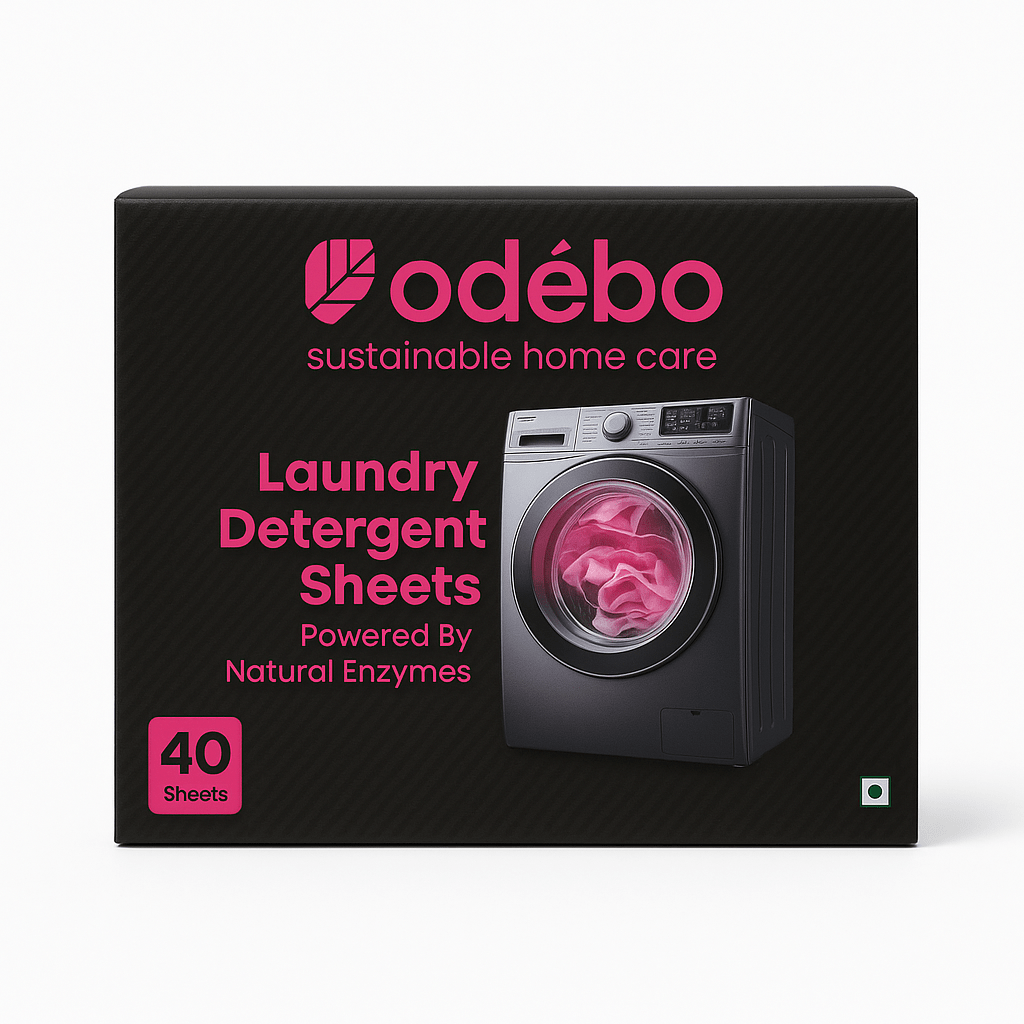
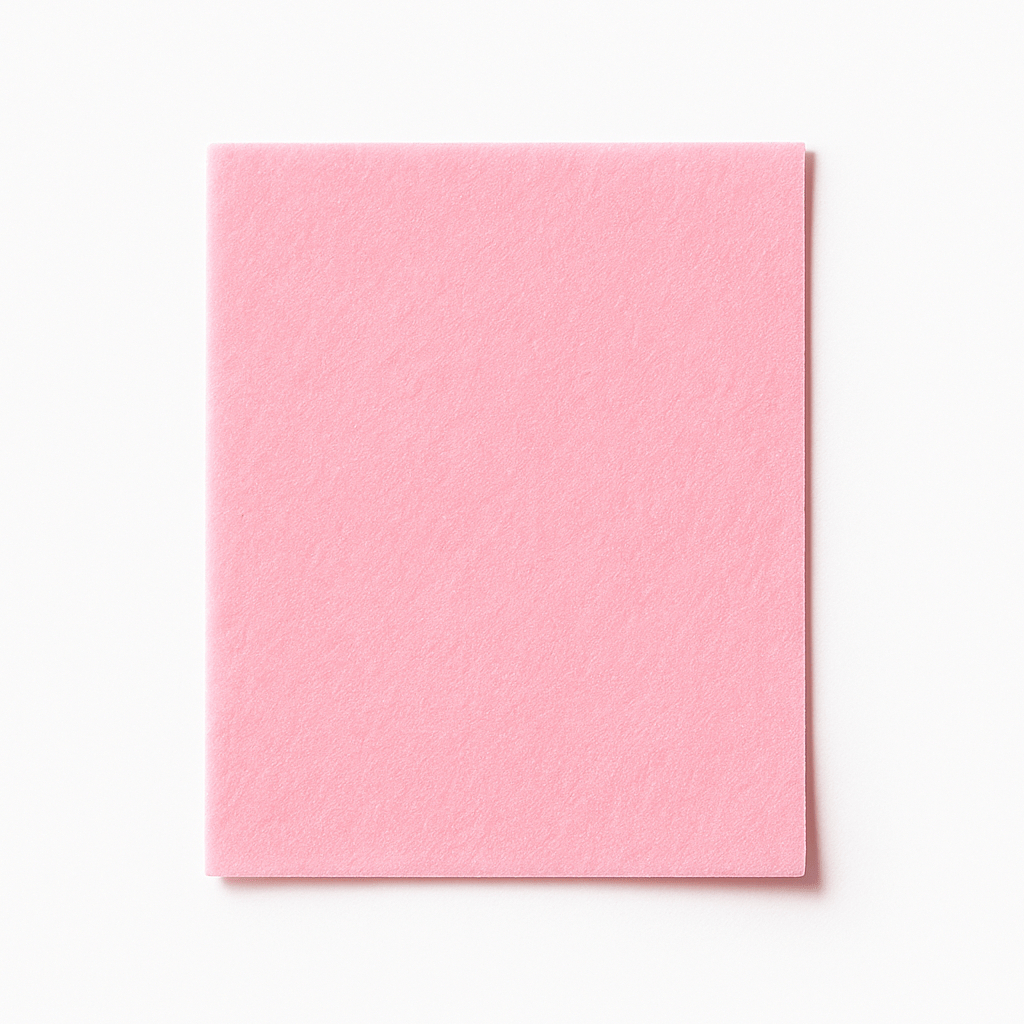
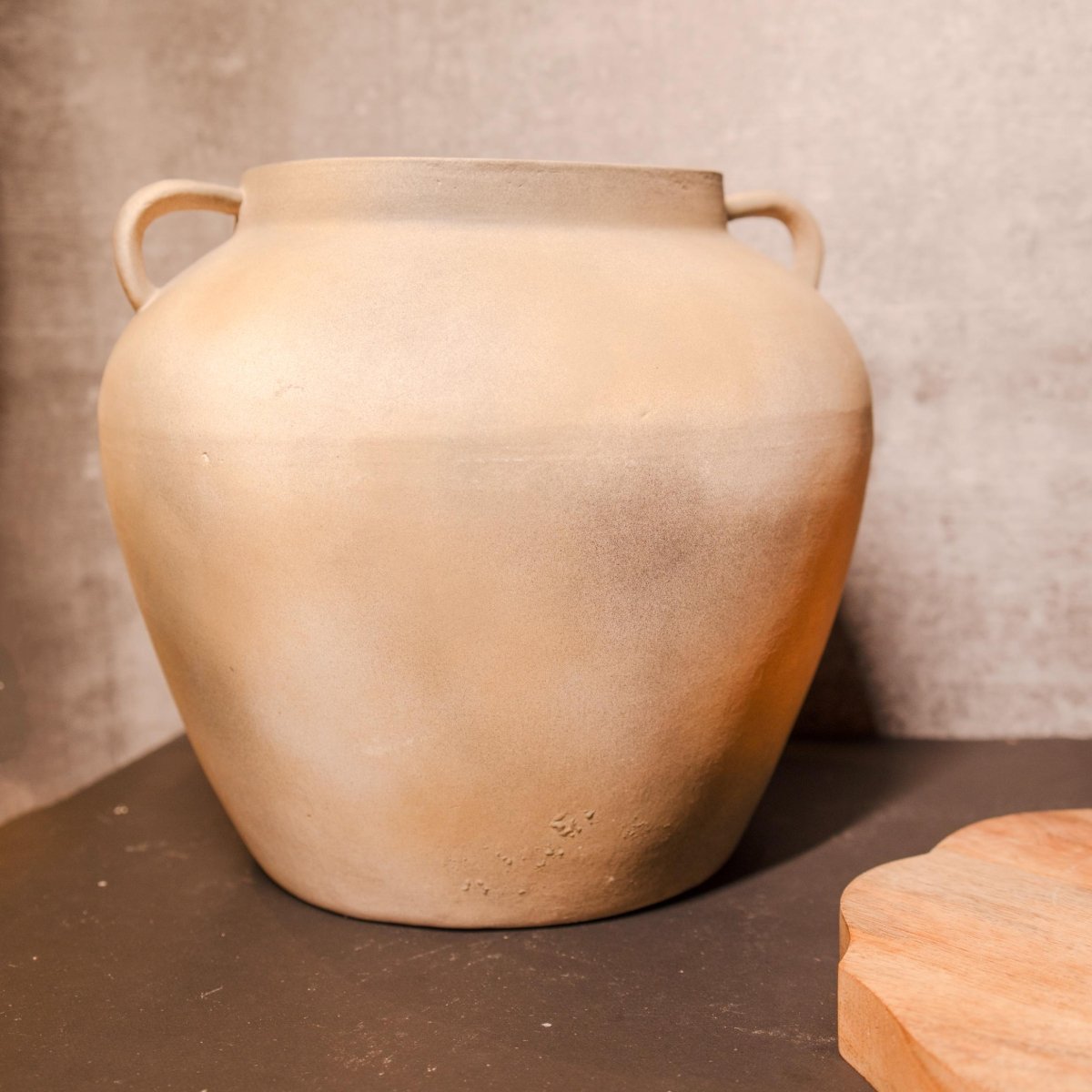
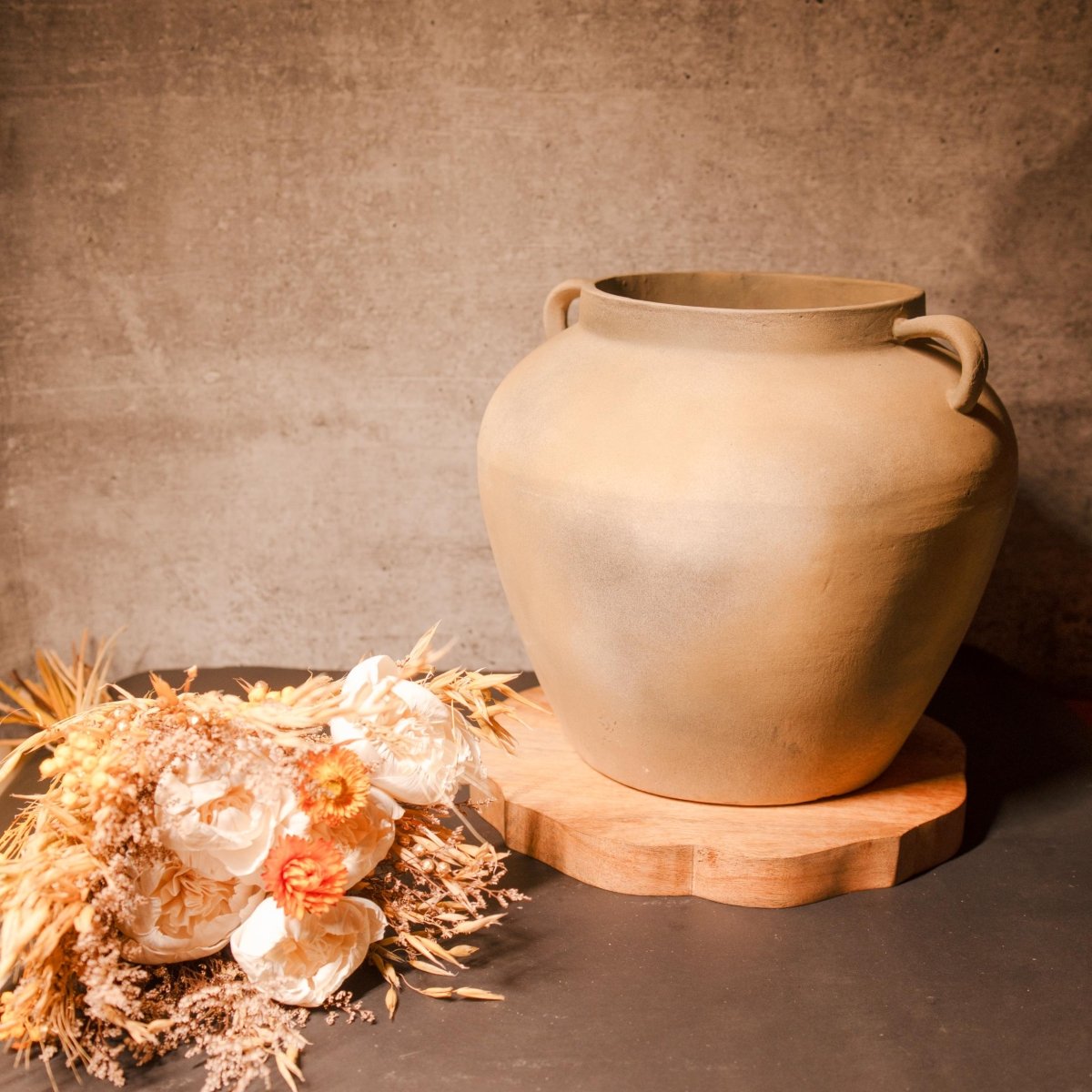
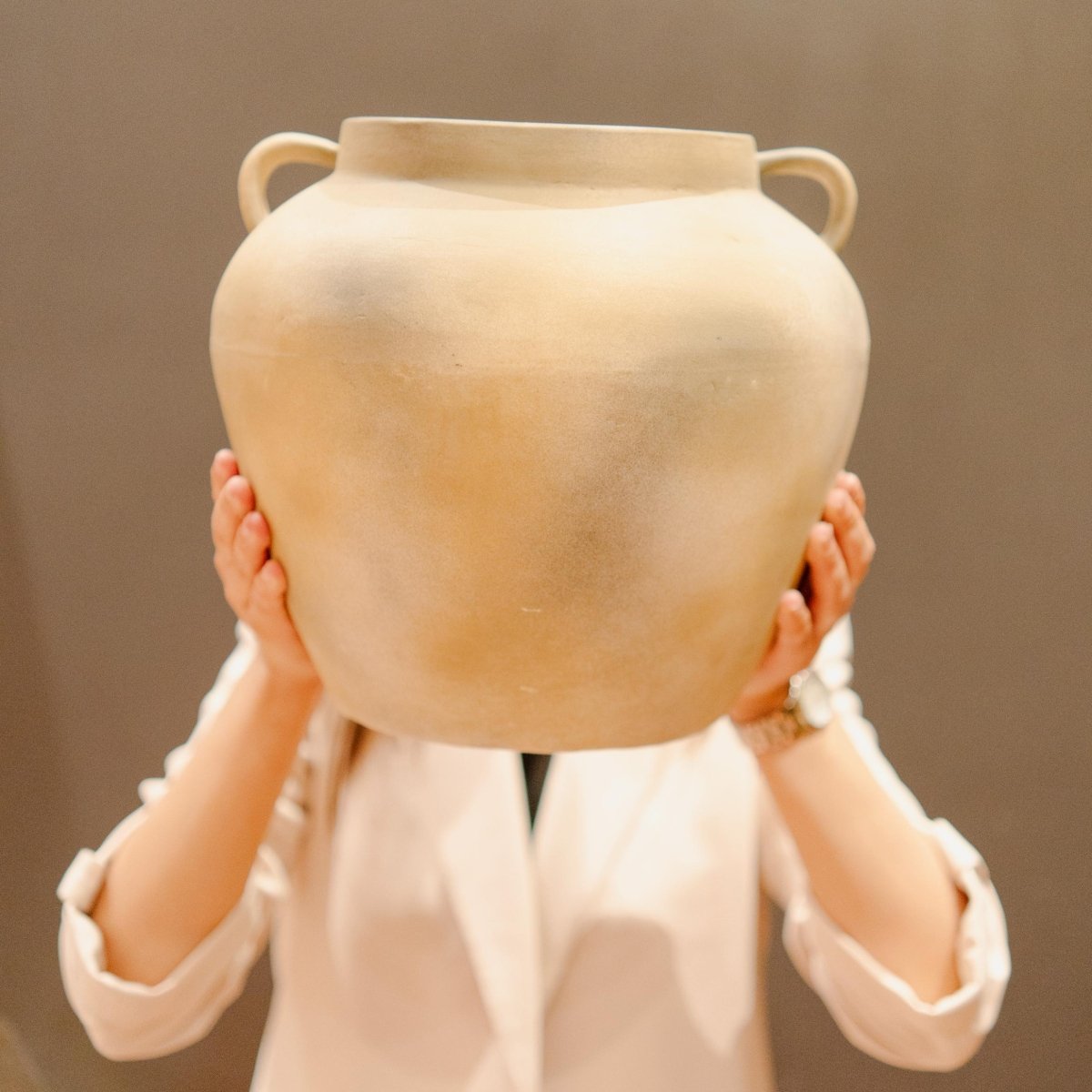












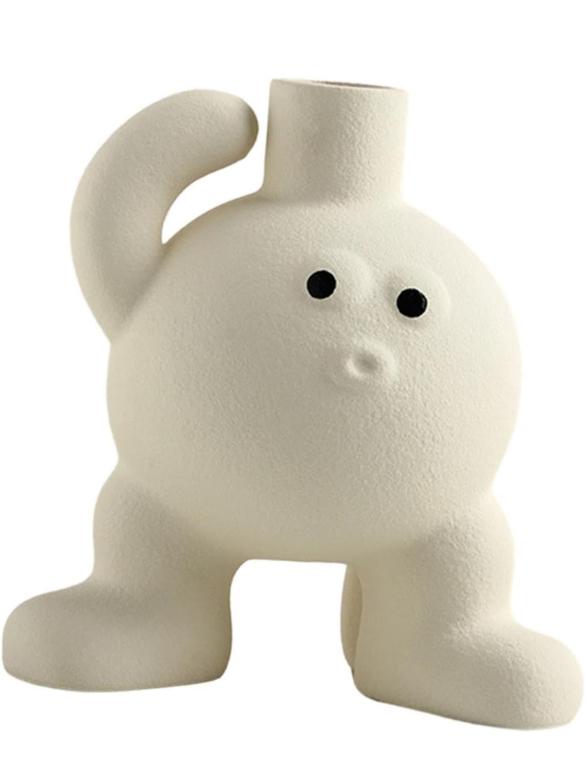
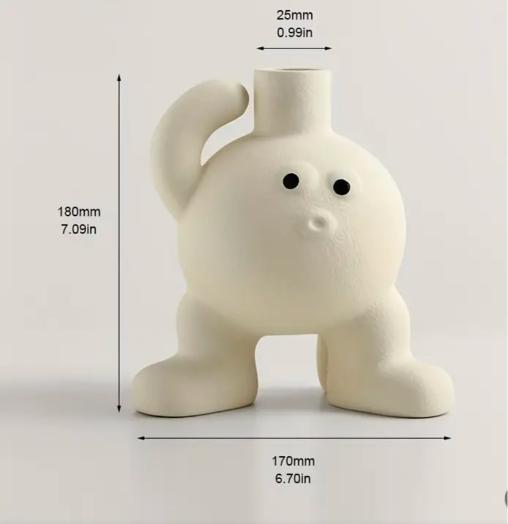
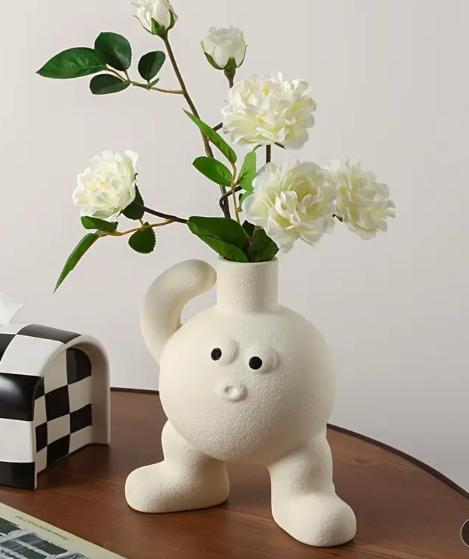
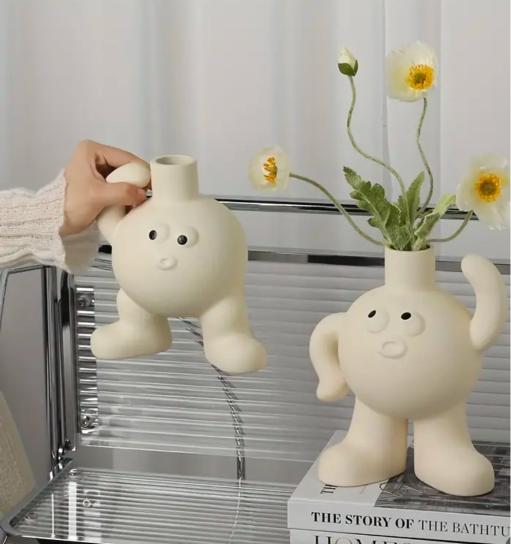
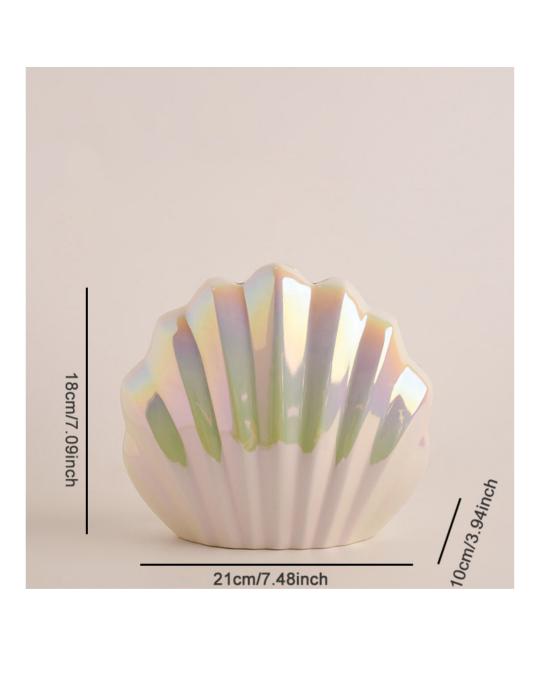
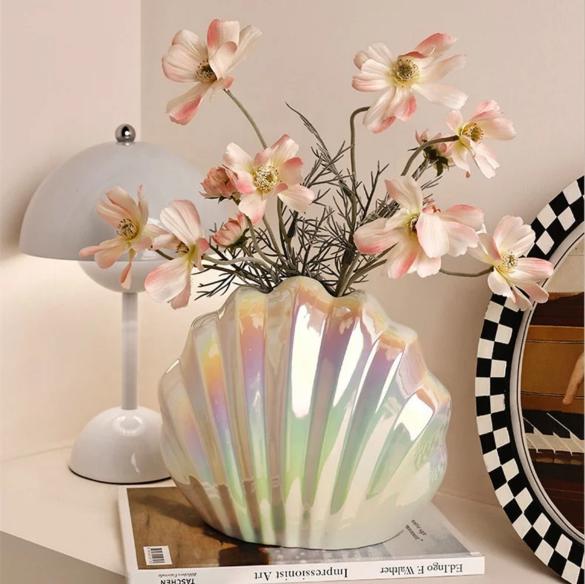

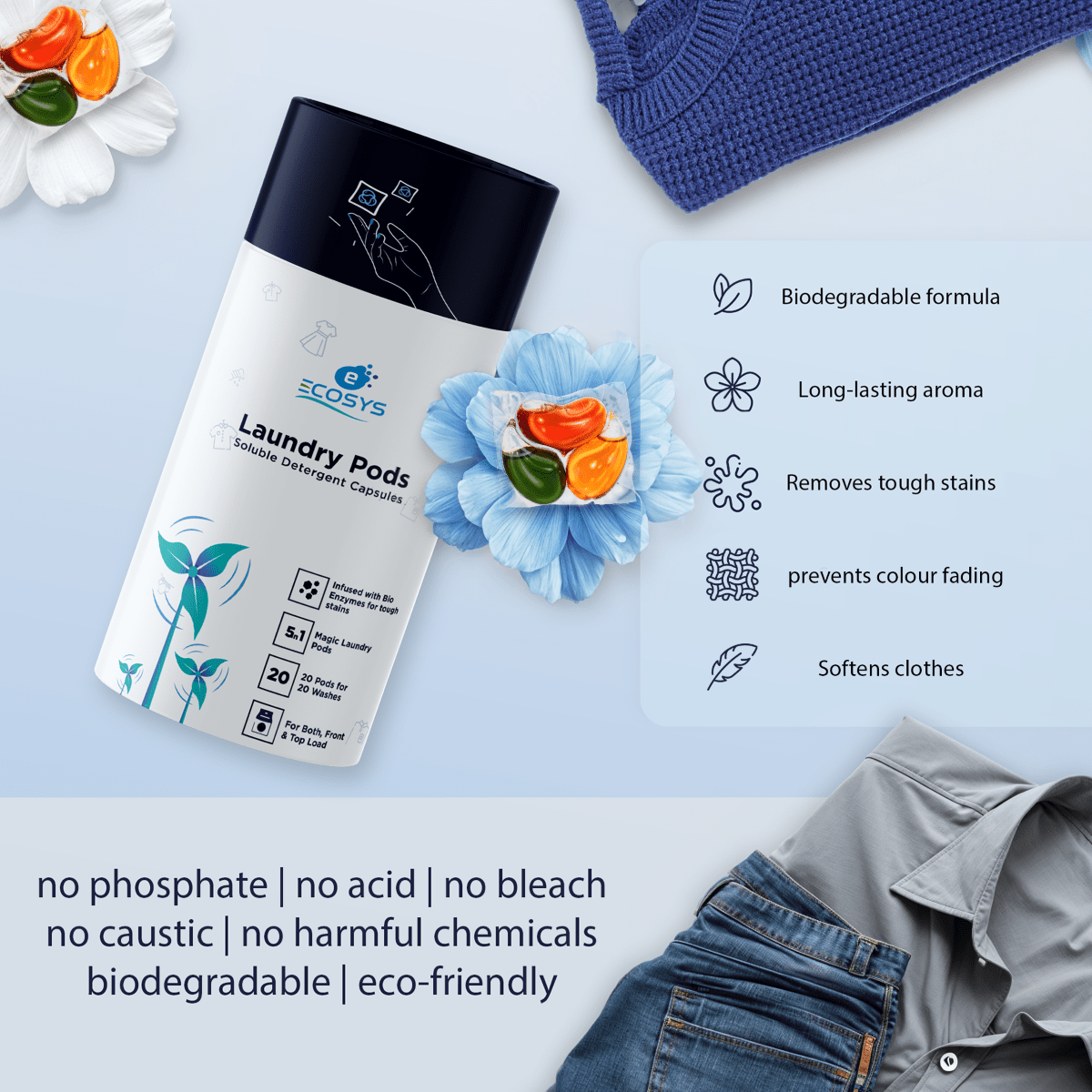

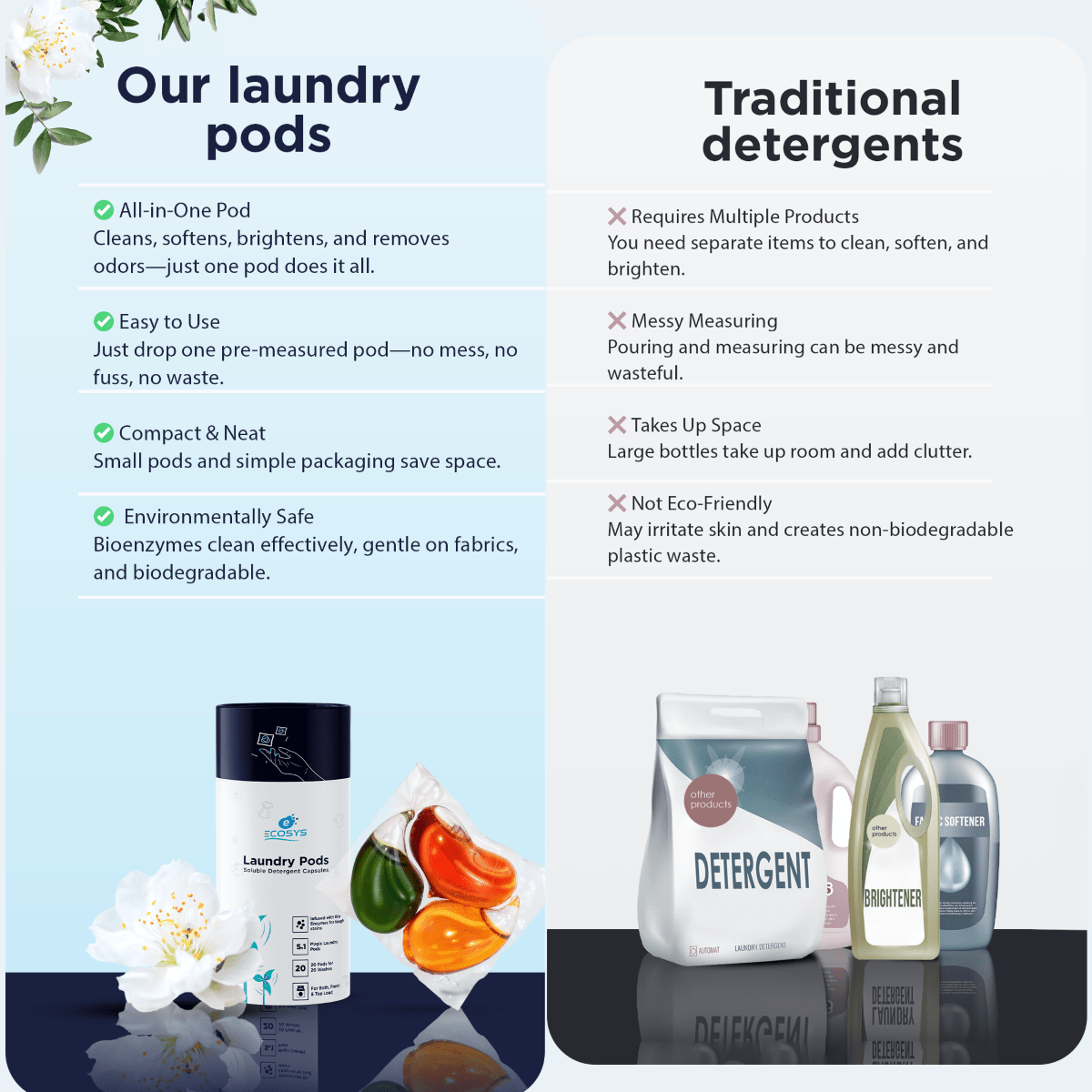
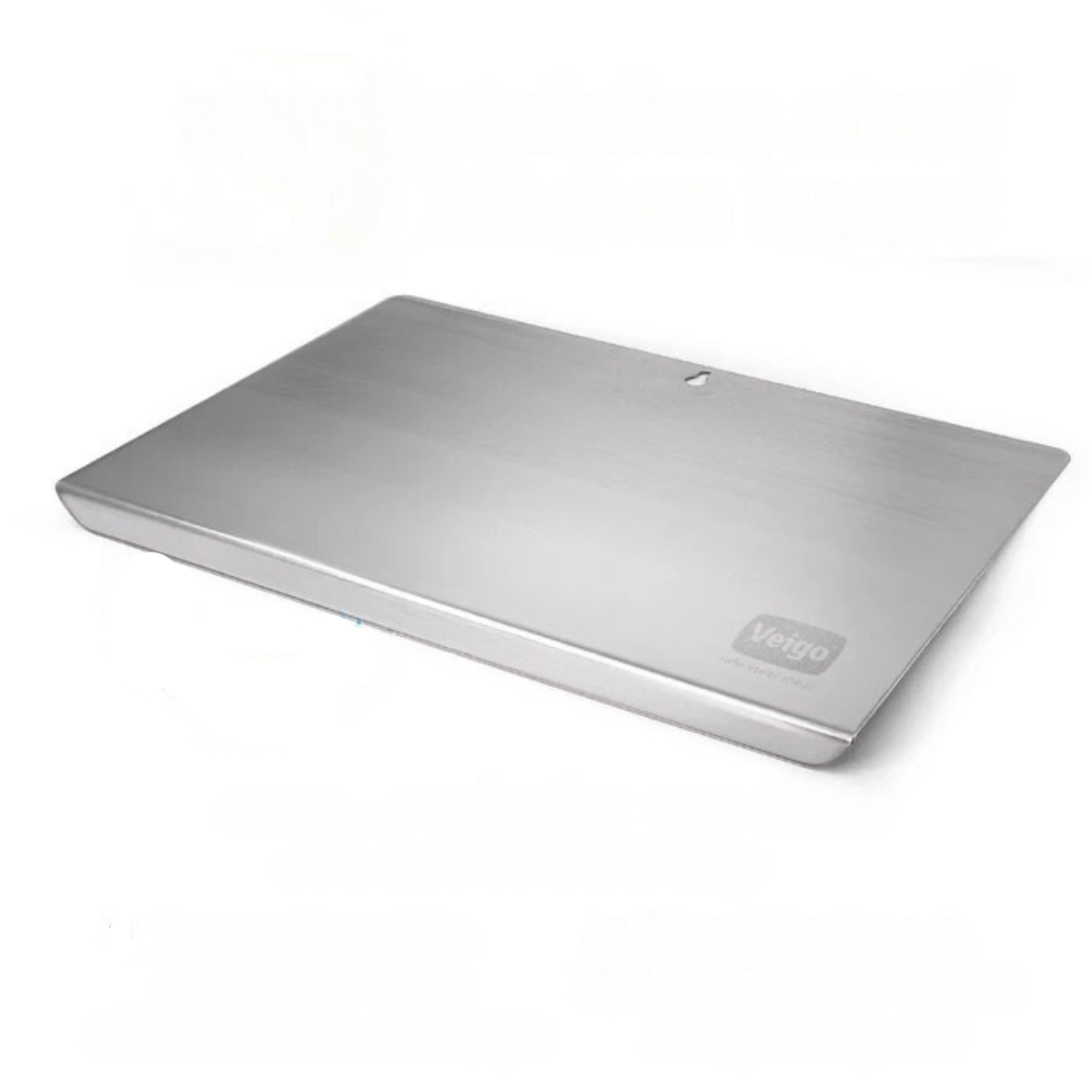
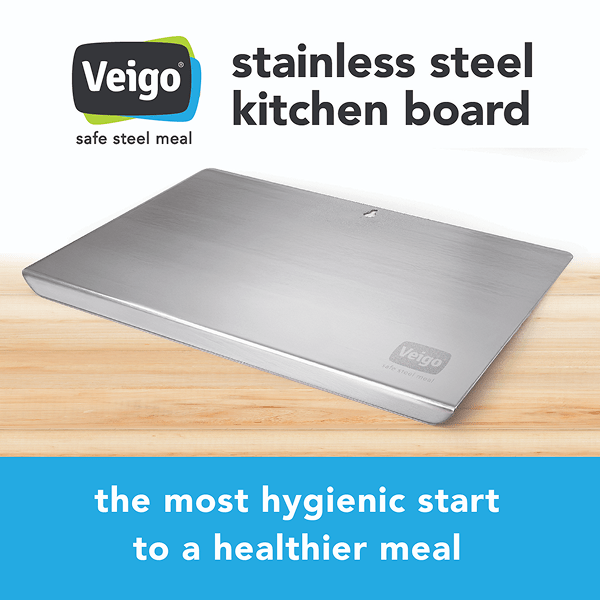
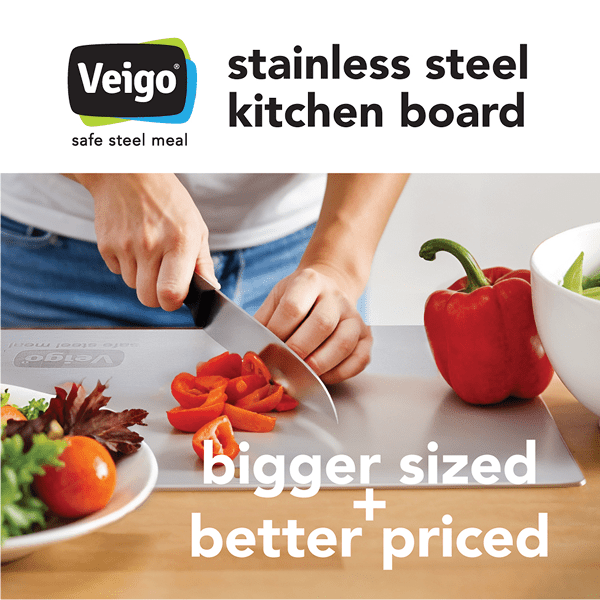


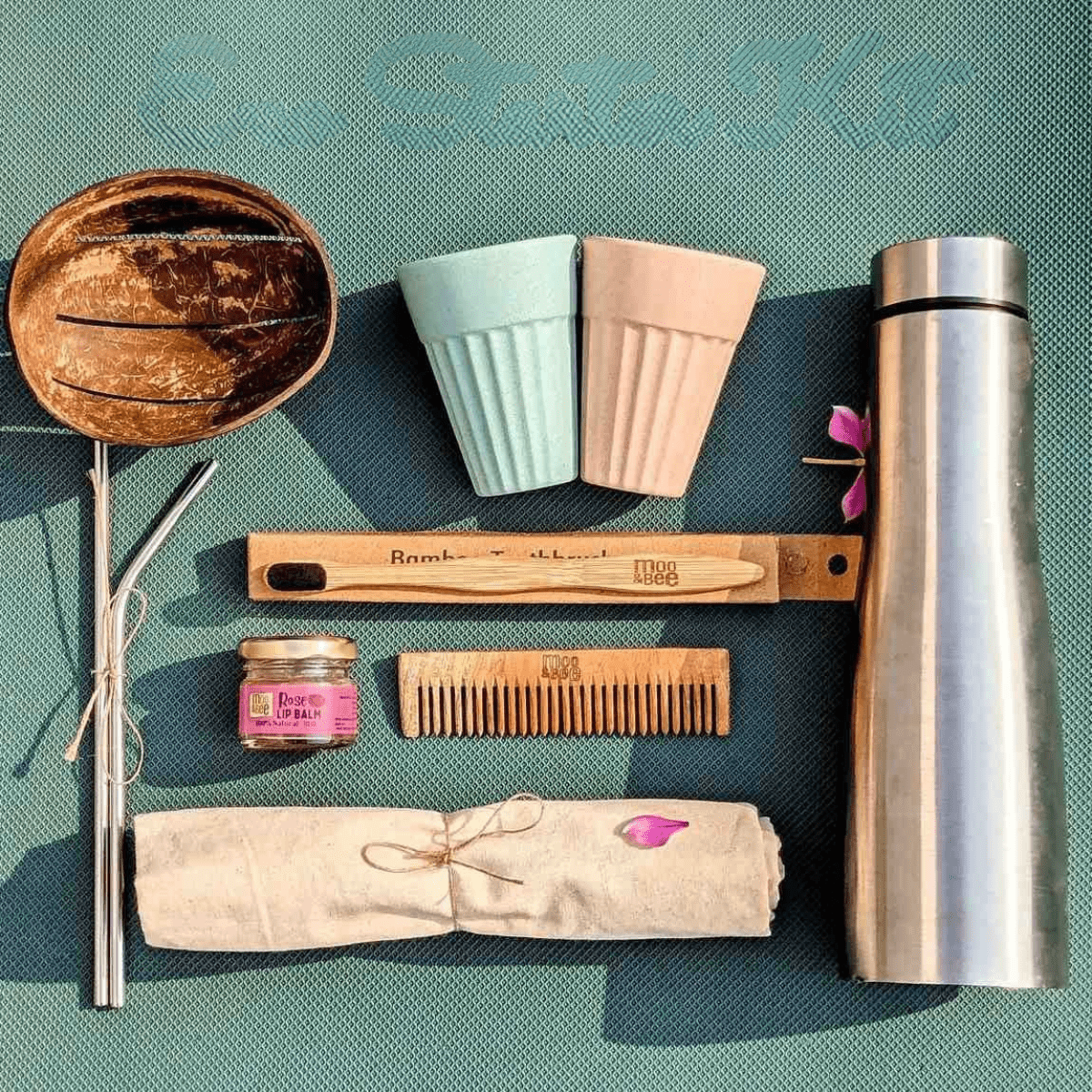
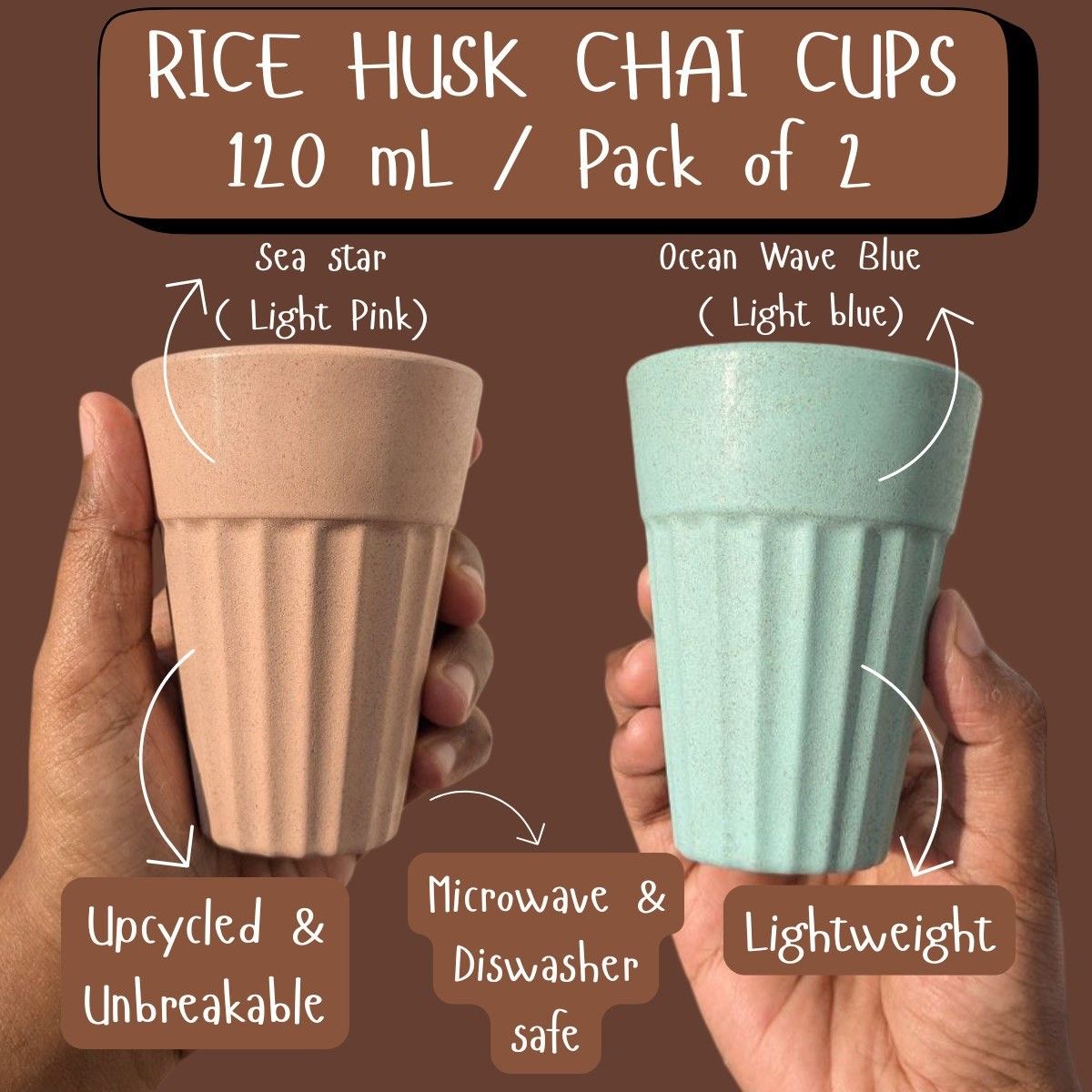
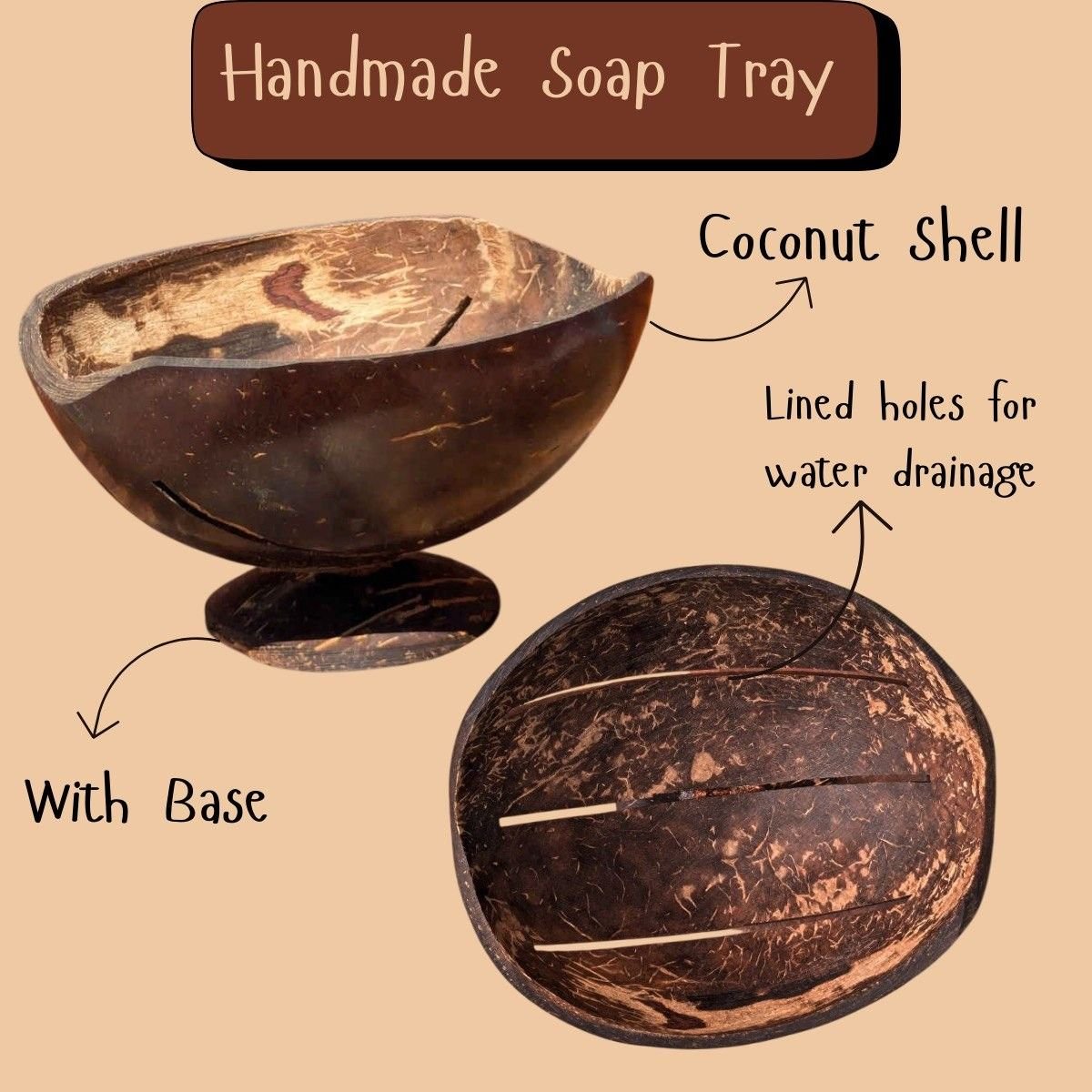
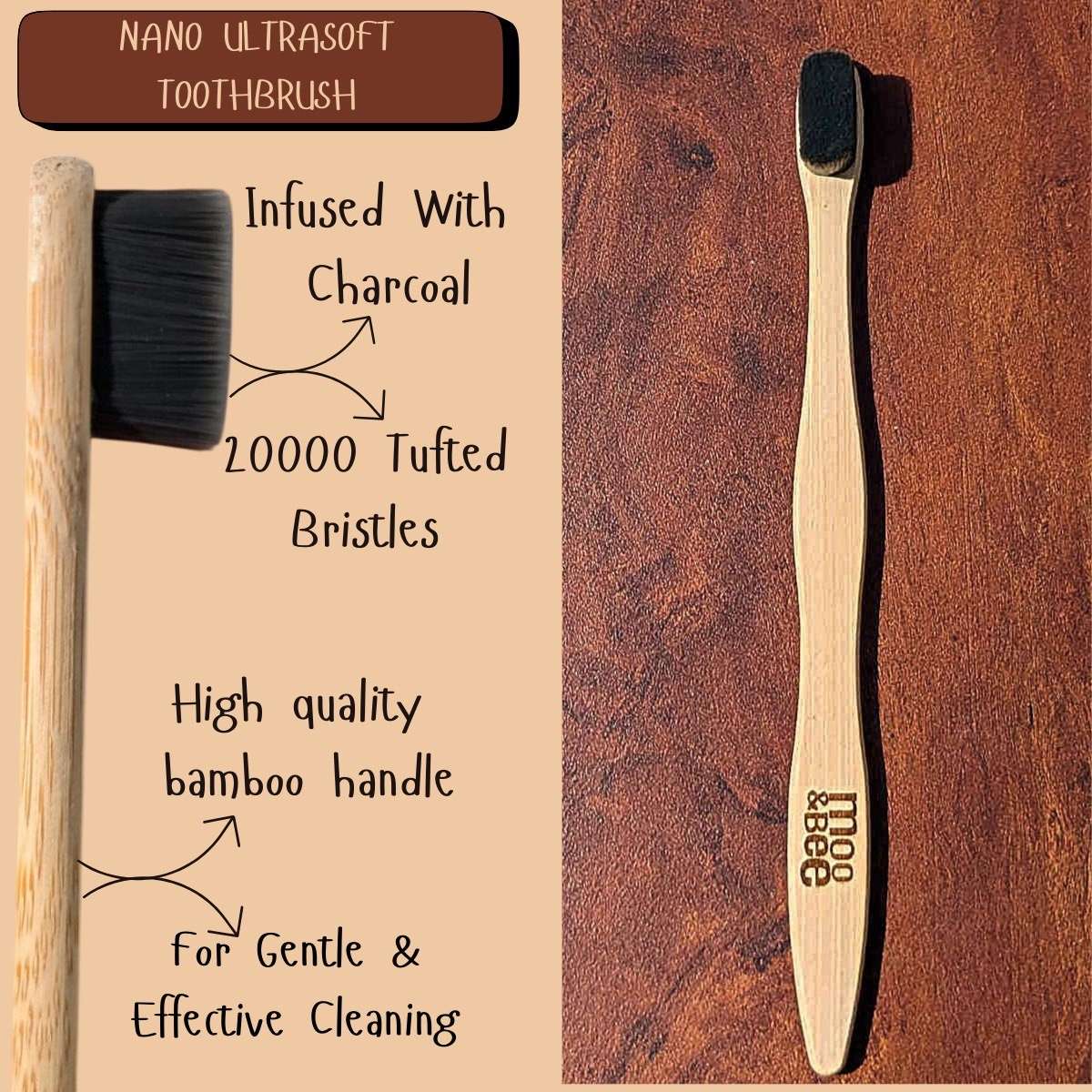



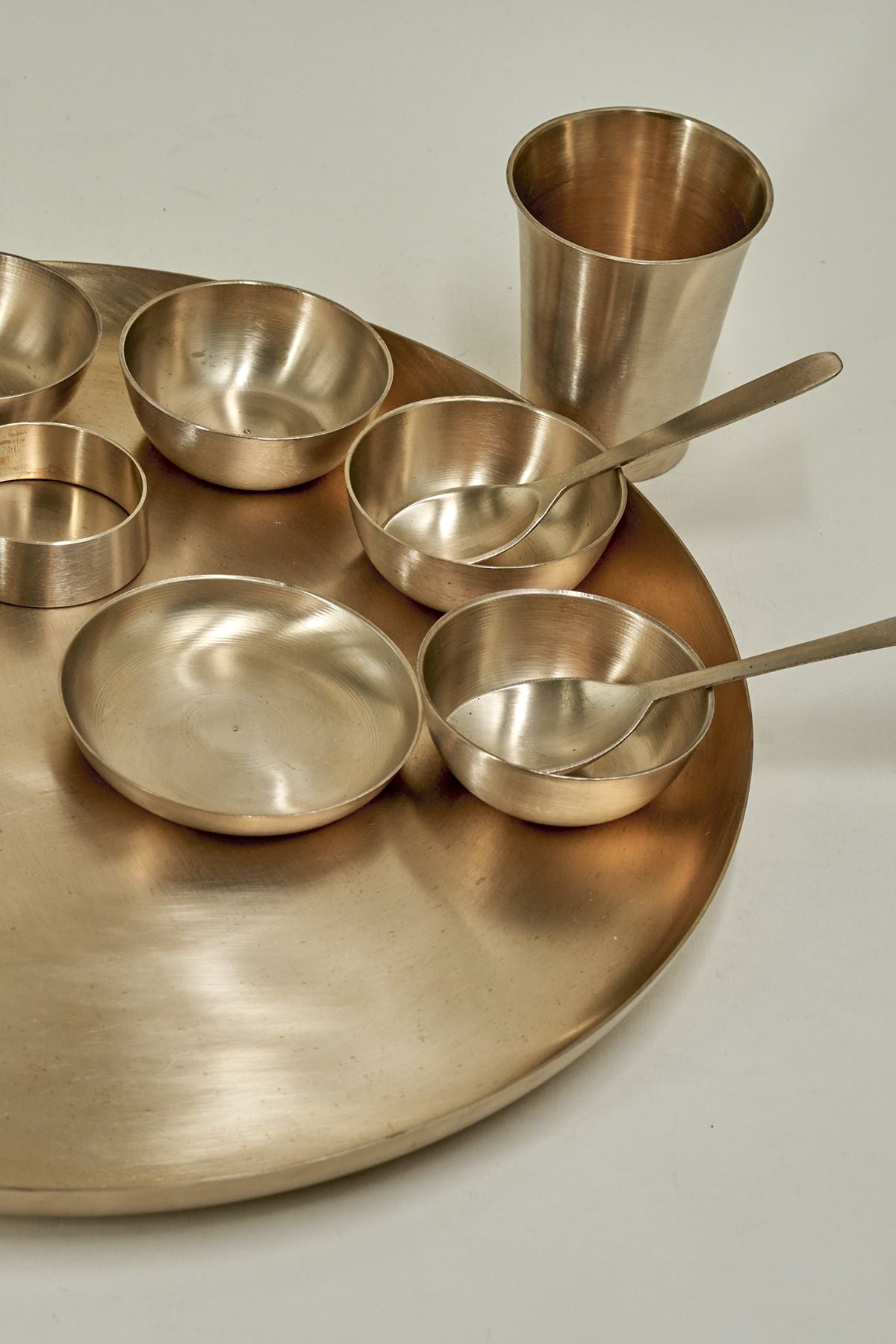

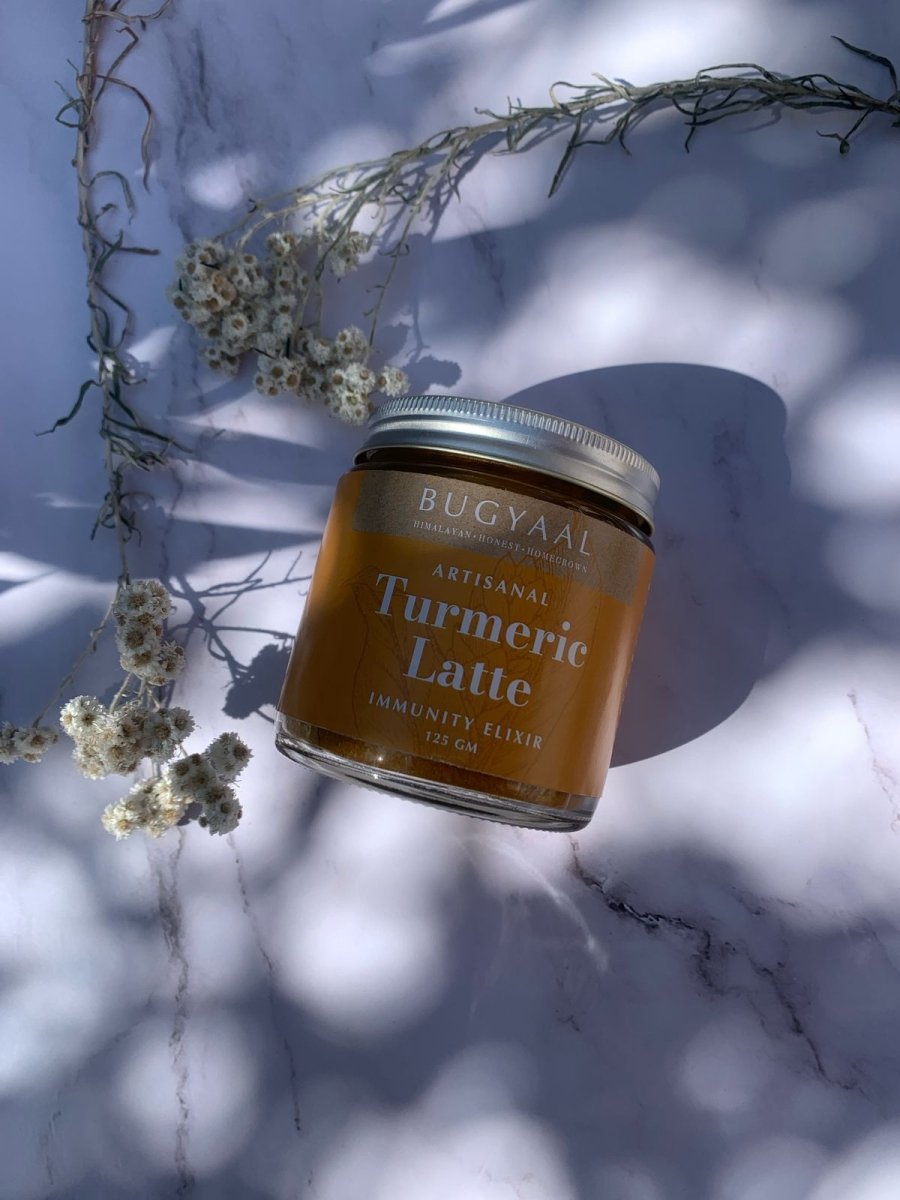

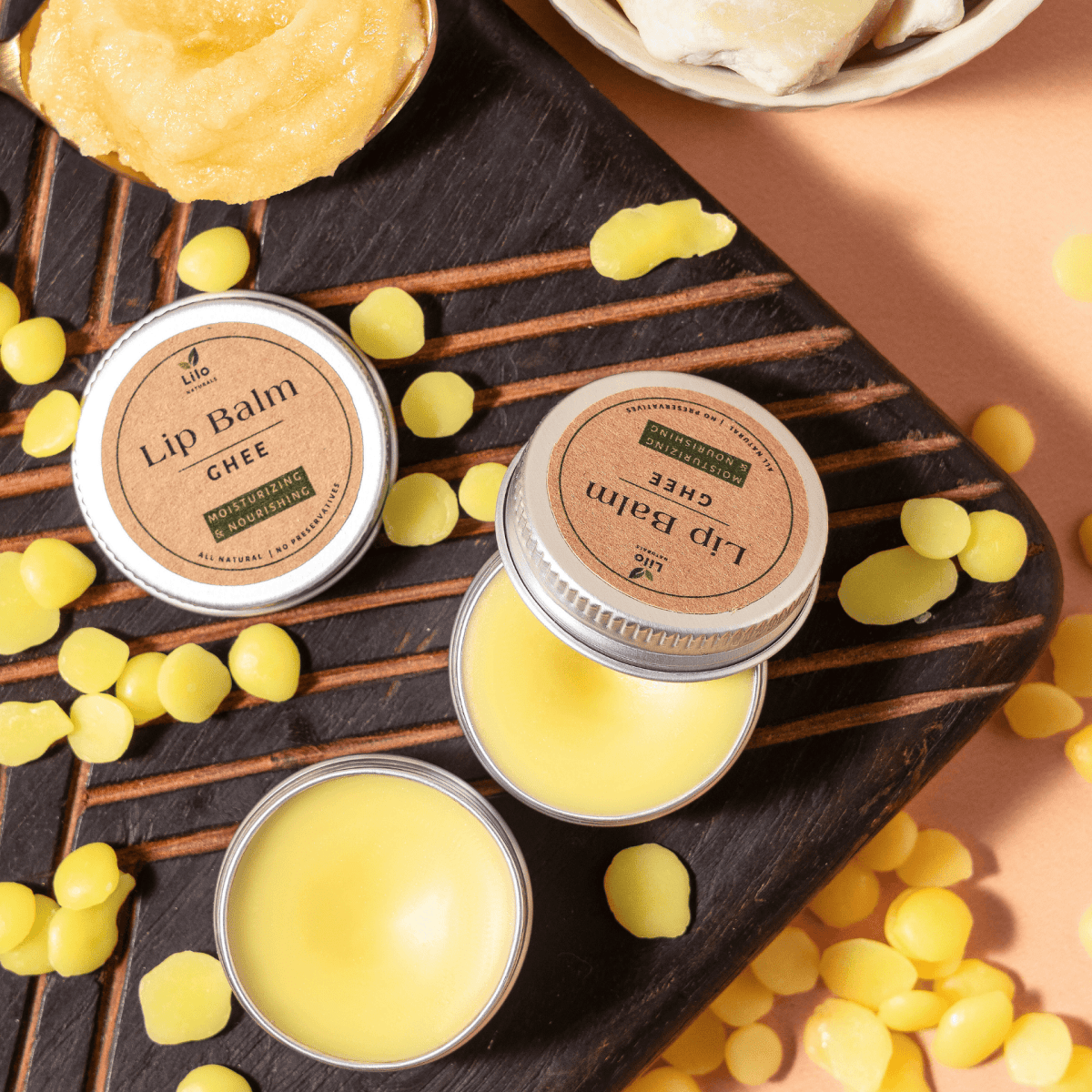
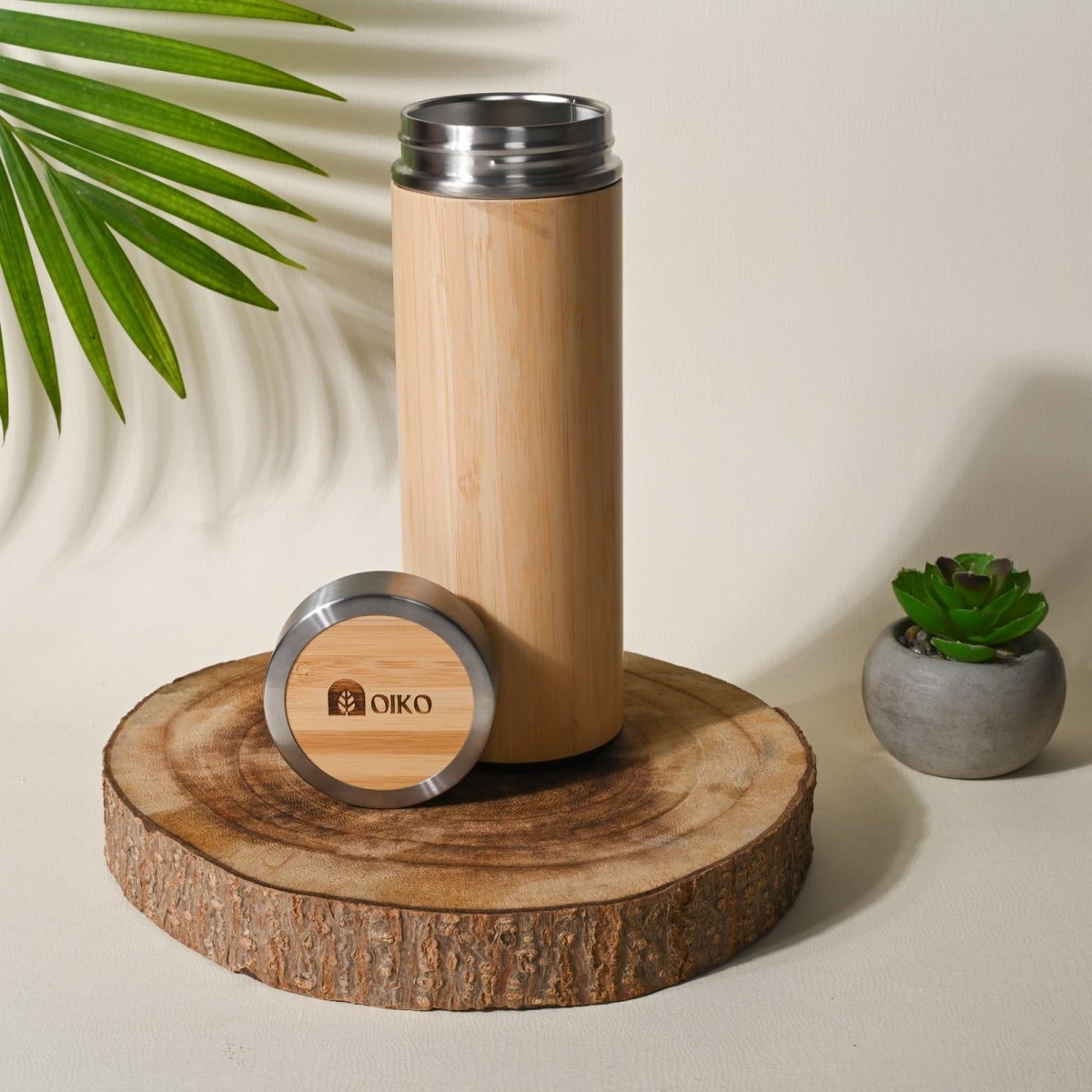
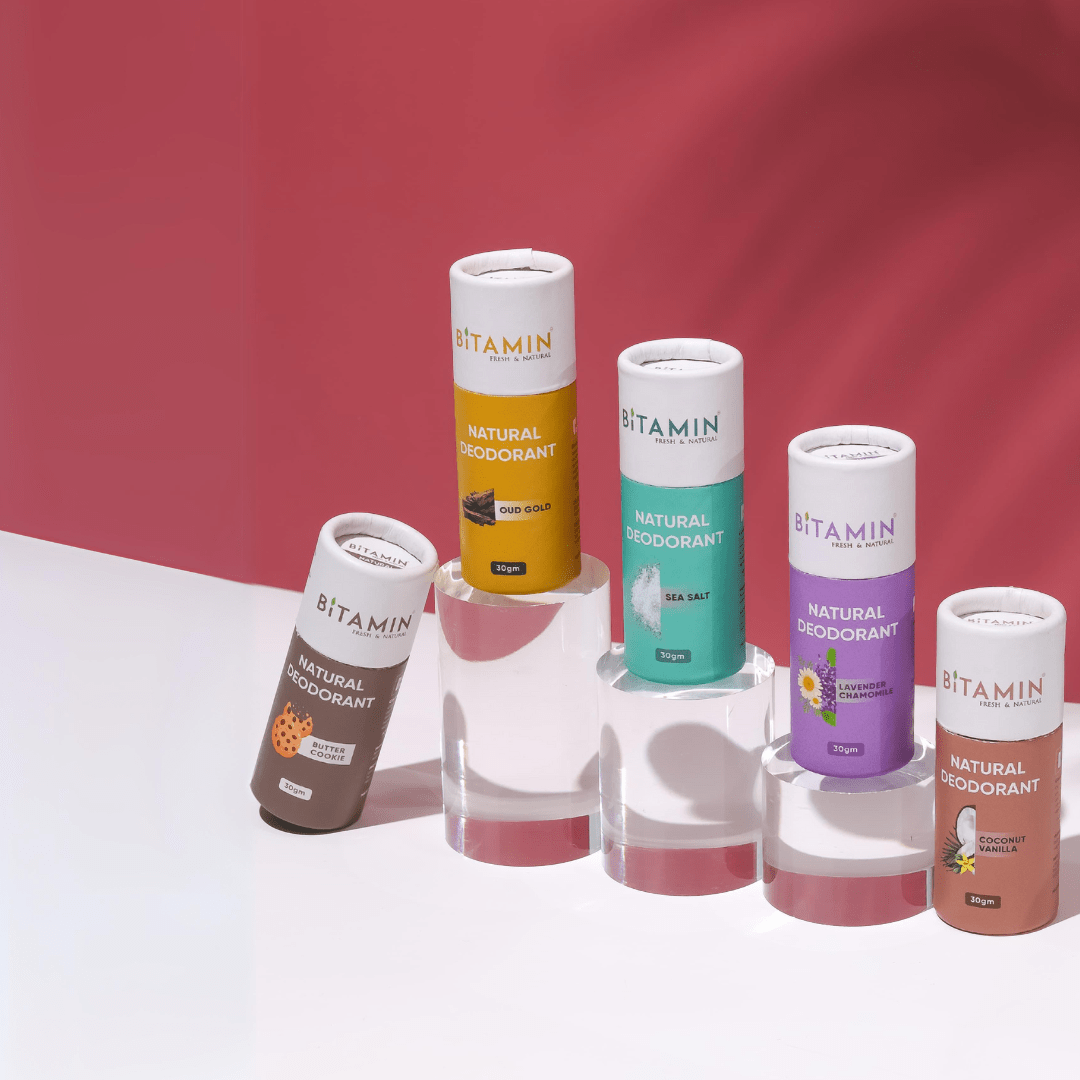

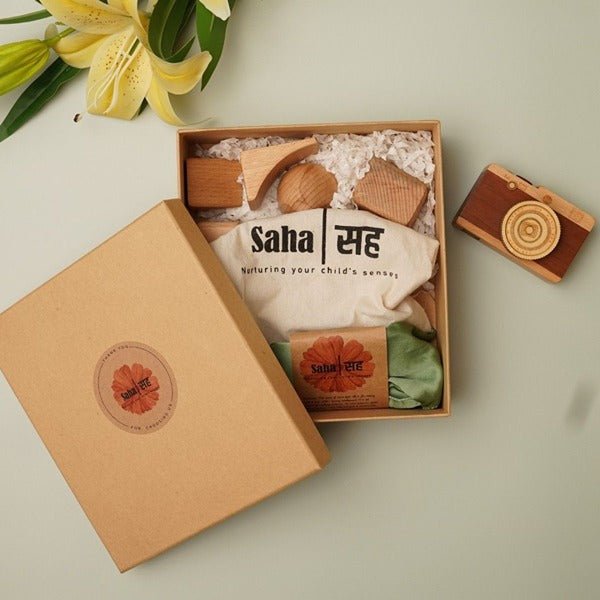
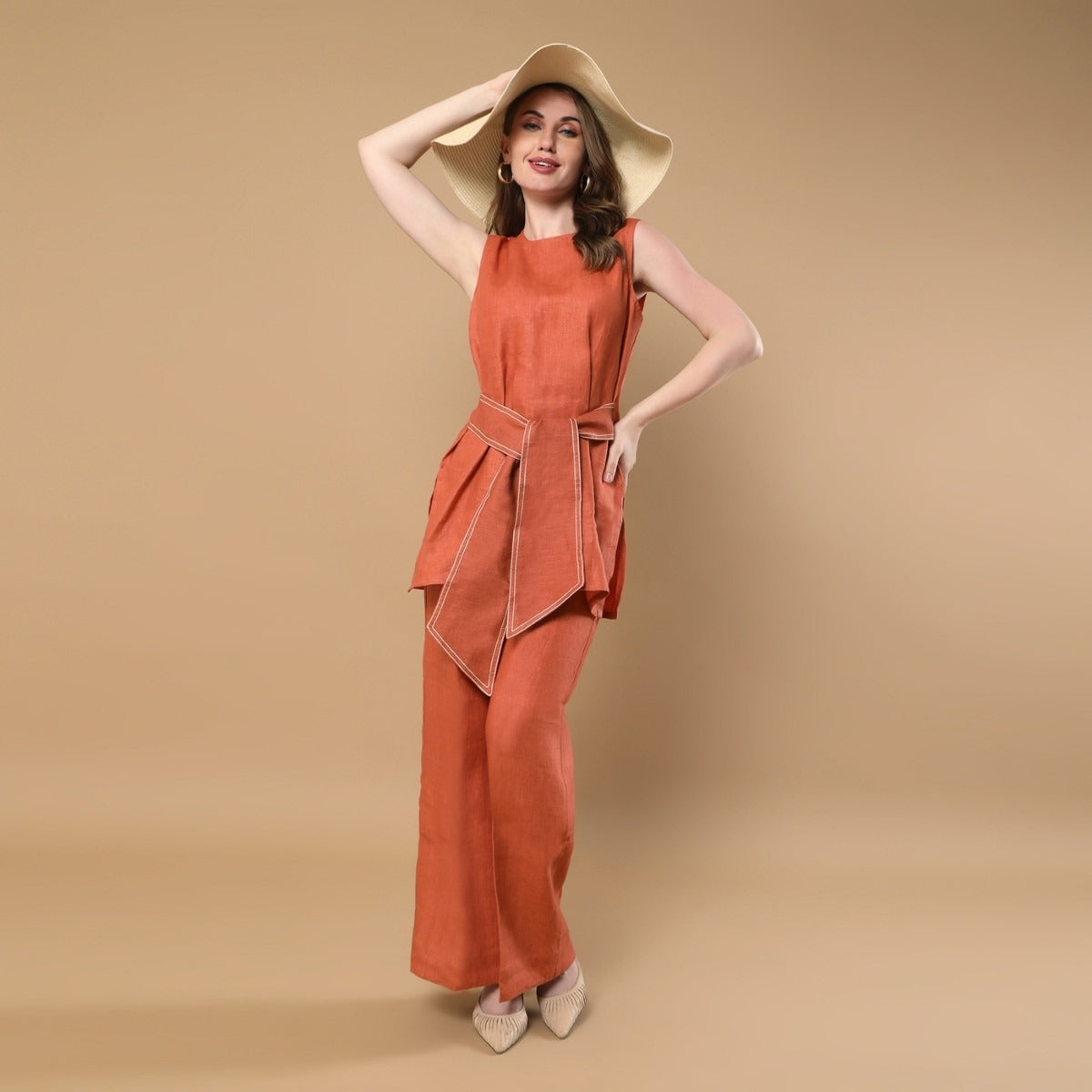

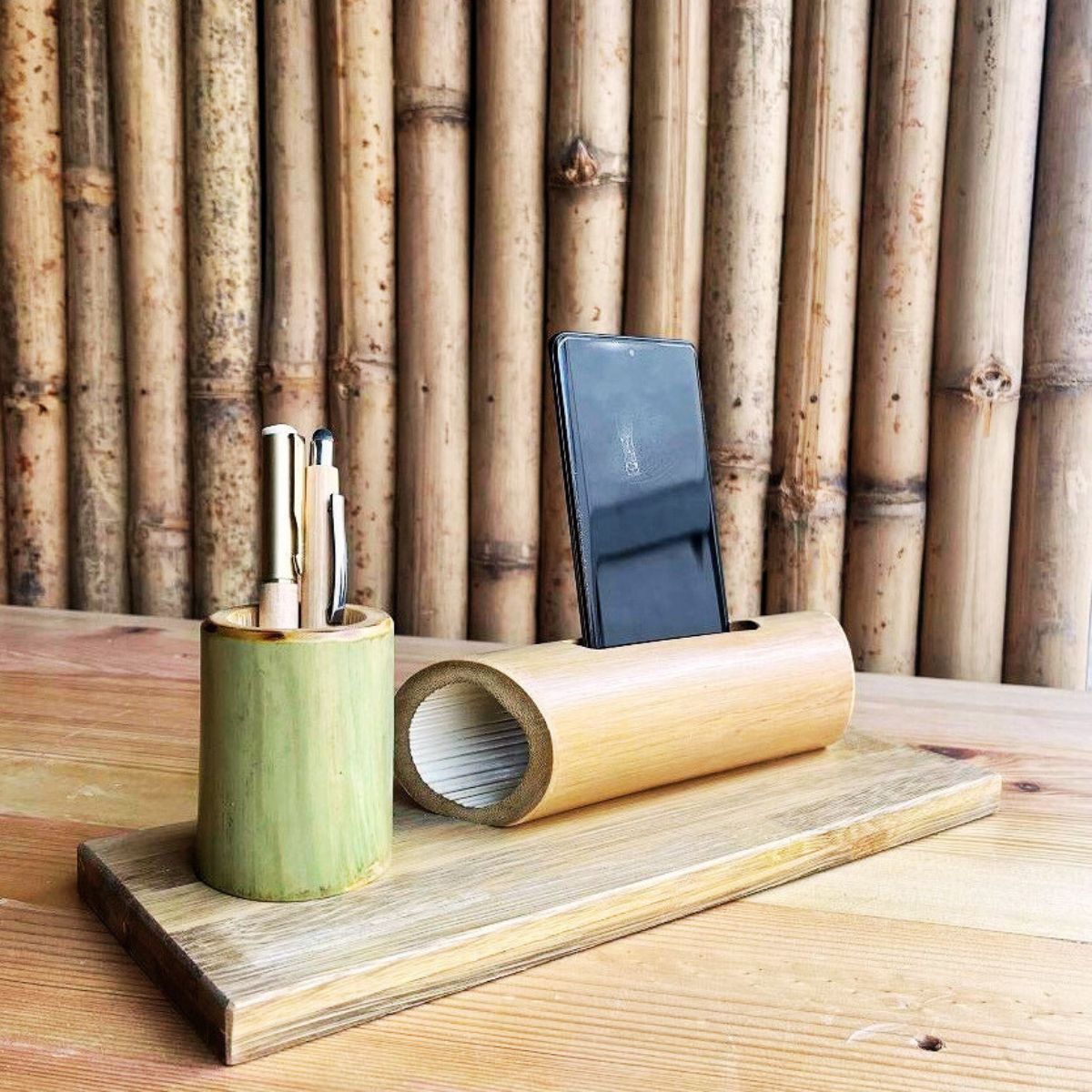
Share:
Why Choose Eco-Friendly Ganesh Idols? A Sustainable Option for Ganesh Chaturthi
10 Best Gifts for Boyfriends to Keep Him Smiling All Year Long